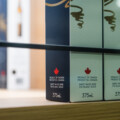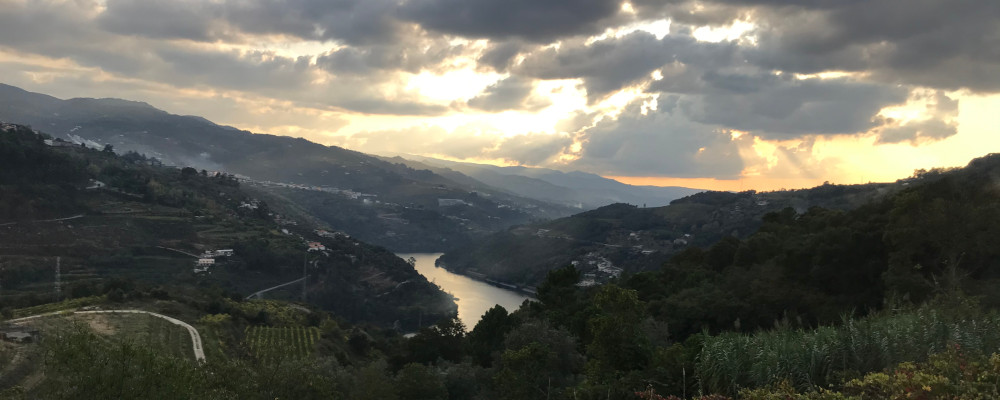If I traveled to every recognized wine-producing region in the world, I’m pretty sure I could find at least one producer in each that sold a 750 ml bottle for $100 or more. How many of those bottles were “worth” $100, would be another story, but the premiumization of wine is now so widespread and entrenched that triple-digit price tags from places that made little more than bulk wine a generation ago are not unusual, even if it’s often done more to serve a vintner’s ego than actual consumer demand.
The premiumization, or deliberate inflation, of wine, especially on the level of bottles that sell at retail for $30 or more, has been accelerated by the COVID pandemic and its aftermath. First, in the periods of lockdown, fine wine consumers who had little to do and little to spend on, bought up. Then, as restrictions eased and restaurants opened back up, demand for premium wines has remained strong. At least for now.
Since the wine business very literally works on a yearly cycle, it remains to be seen whether and how the inflation crisis will affect premiumization. On one hand, producer costs have gone up and supply crisis problems keep fine wine margins low and price pressure up. On the other hand, consumers are squeezed and watching their disposable income shrink while. A recession is on the horizon. A $40 bottle of wine at home on a Friday night or a $100 bottle chosen off of a wine list may well seem a lot less affordable to many than it did a year ago.
I write this from lived experience, as they now say. I have spent the better part of 20 years writing largely about wines in the $20 zone that pass through markets like Canada once a year on an allotment to the provincial retail monopolies, or private sellers. Many of the wines that were marketed for $19.95 a year ago are coming back, in the next vintage, at $24 or $25. My favourite everyday category seems to be vapourizing.
In addition, over the last year or so I have organized a small and informal wine club with some of my neighbours. We aim for a $300 case of 12 bottles made from just six wines, so an average price of $25 a bottle, including tax, shipping, etc. If one selection is $30 a bottle, then another needs to be $20 to even out the costs. Over the past six months, making a case out of three exceptional value reds and three exceptional value whites has become increasingly difficult, and the members are complaining to me that we’re late putting the November selection together.
Still, all is not lost and there are some regions that are holding value and keeping price points low and quality high. Here are three parts of the world that I think are delivering bang for the buck in the fall of 2022. If you pass by the shelves that carry these wines and see something between, say, $15 and $25, it’s likely worth a try.
Insular Italy
It’s counterintuitive but the heat waves of global warming in Europe confer advantages to winemakers in hotter climates, since they have always had to grapple with high temperatures and the skilled ones know what to do in the vineyard and cellar to bring fresh wines out of difficult vintages. In Sardinia, that knowledge extends to the grapes planted and the island is dominated by Vermentino for white wines and Cannonau for red. Cannonau is better known as Grenache or Garnacha. These grapes were once prized in the Mediterranean for their high yields, but when farmed for quality over quantity both produce fruit-forward and fresh wines.
Similarly, Nero d’Avalo in Sicily has been widely planted since that island pivoted from sweet and bulk wine production in the last half-century. While some Sicilian reds are priced up with Barolo and Brunello, especially from cool climate Etna, even the biggest prestigious houses on the island, like Planeta, Tasca d’Almerita, or Donnafugata, have well-priced value-driven reds, often from the west end of the island. They also make very good value whites made from the indigenous grapes that used to go into Marsala, like Catarratto (analogous to Chardonnay) or Grillo (more like Sauvignon Blanc).
South Africa
The Huguenots brought Chenin Blanc to South Africa from France, but the Dutch Boers turned it into brandy and planted it just about anywhere they could. Since the South African wine industry opened up after apartheid they got very good at making it into fine wines. But the message hasn’t made it past the sommelier crowd to general consumers. So, ironically, there are some truly excellent premiumized Chenin Blanc available at prices that rival the top cru from the Loire Valley, but also very good Chenin that comes through our market for well under $20 that constantly outperform 99 percent of other whites in that price bracket.
Portugal
Portugal has always had port, but until it joined the EU in the 1980s its table wine industry was dominated by co-operatives. It’s really only since the 90’s that the Portuguese have gotten serious about fine wine, and change was even slower in the Douro Valley, where growers and producers focused on fortified wine. As it happens, the dense and complex blended red wines of the Douro that make great Vintage Port also make sophisticated dry wines that at their best balance power with elegance. As demand for Port has waned over the decades, more and more of the high-quality grapes have gone into fine wine production and prices have (mostly) stayed reasonable.
Recommended for You

Matthew Grills: Joey Chestnut is America

Malcolm Jolley: The comfort of familiar favourites—or the fun of finding new wines?

Malcolm Jolley: An ‘Elbows Up’ wine project everyone can get behind

Malcolm Jolley: Need some summer wines? Look no further than the food-friendly, low-sugar sippers of the sunny Southern Rhône




